Arts
Art for social change
Ranju Yadav has overcome many personal and social obstacles to become a celebrated artist, with a focus on Mithila art.
Aarati Ray
Artist Ranju Yadav believes she has grown a lot—both in her career and as a person. She remembers being nervous to even attend art exhibitions and converse with people about a decade ago, but now she is flying across Europe for a solo exhibition, representing Nepal in Germany, Denmark and Finland.
Founder of Mithila Hastakala Udyog in Rajbiraj and the recipient of the National Fine Art Award at the National Fine Arts Exhibition 2019, Yadav has participated in over two dozen exhibitions. She has exhibited her works at events like the Karnaphuli Folk Triennale in Bangladesh, the International Art Exhibition in Myanmar, the Nepal Art Fair in Bangladesh, and the SAARC exhibition in Maldives.
Yadav was born in Thalha, Saptari, and learned Mithila art from the female members of her family. Even as a kid, she loved painting and often played around with colours. She moved to Rajbiraj when she was 15, right after her father passed away. Later, when she was in college, she moved to Kathmandu and began painting professionally.
In 2011, over dinner, Ajit Shah, a friend of her husband, who is also a Mithila artist, noticed Yadav’s drawings and paintings. Impressed, he urged her to consider painting professionally. With a background in Mithila art, she quickly learned to paint on canvas. She wanted to use Mithila art as a tool for social change and activism.
When she was in ninth grade, she witnessed a tragic incident near Rajbiraj, where a girl was killed by her in-laws over dowry. In eleventh grade, she saw a man driven to madness by dowry pressure after marrying off his daughters. These events left a deep impact on her. She started questioning the reason behind such injustices and why no one took action to eradicate them.
Since then, she has fostered a desire to effect positive change through her work. She views paintings as a potent means to address social issues and instigate change. “I strongly believe that art has the power to transform society,” she states.
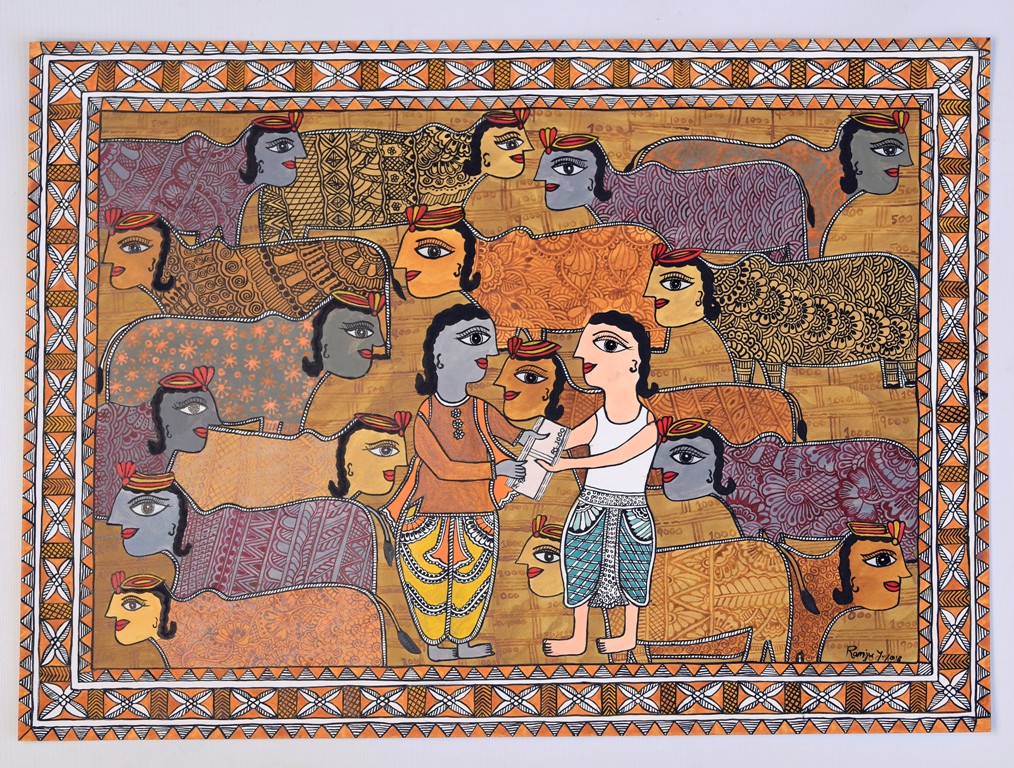
She addresses issues like dowry, child marriage, caste discrimination and social disparities through her work. Yadav believes that many girls and women struggle to combat gender violence and discrimination because of their lack of independence and financial autonomy. She wants to raise awareness about these issues and contribute to the fight (against them).
At her first solo exhibition, ‘Colours of Change’ in 2019, Yadav’s painting of a groom’s head on a bull’s body drew a lot of attention. She wanted to show how people who accept dowry are foolish, akin to bulls. The then Swiss ambassador to Nepal, Elisabeth von Capeller, was so impressed with it that she invited Yadav to exhibit it at the Swiss Embassy.
Four years later, in 2023, Yadav received a heartening call from two individuals from Madhesh, who shared that they had married without dowry after being inspired by her paintings.
Yadav has been painting professionally for thirteen years now and she shares that it’s moments like these, where she can see how her work is impacting people, even if it is just a little, that keep her motivated despite the challenges.
She started participating in group exhibitions in 2017, which was initially daunting for her. She remembers feeling intimidated and nervous about attending exhibitions when she first moved to Kathmandu.
Yadav calls her husband her “biggest supporter”, who has encouraged her to create her own identity beyond traditional roles and insisted she be known as Ranju rather than “Amarendra’s wife”. He also helped her overcome her anxiety about conversing with others.
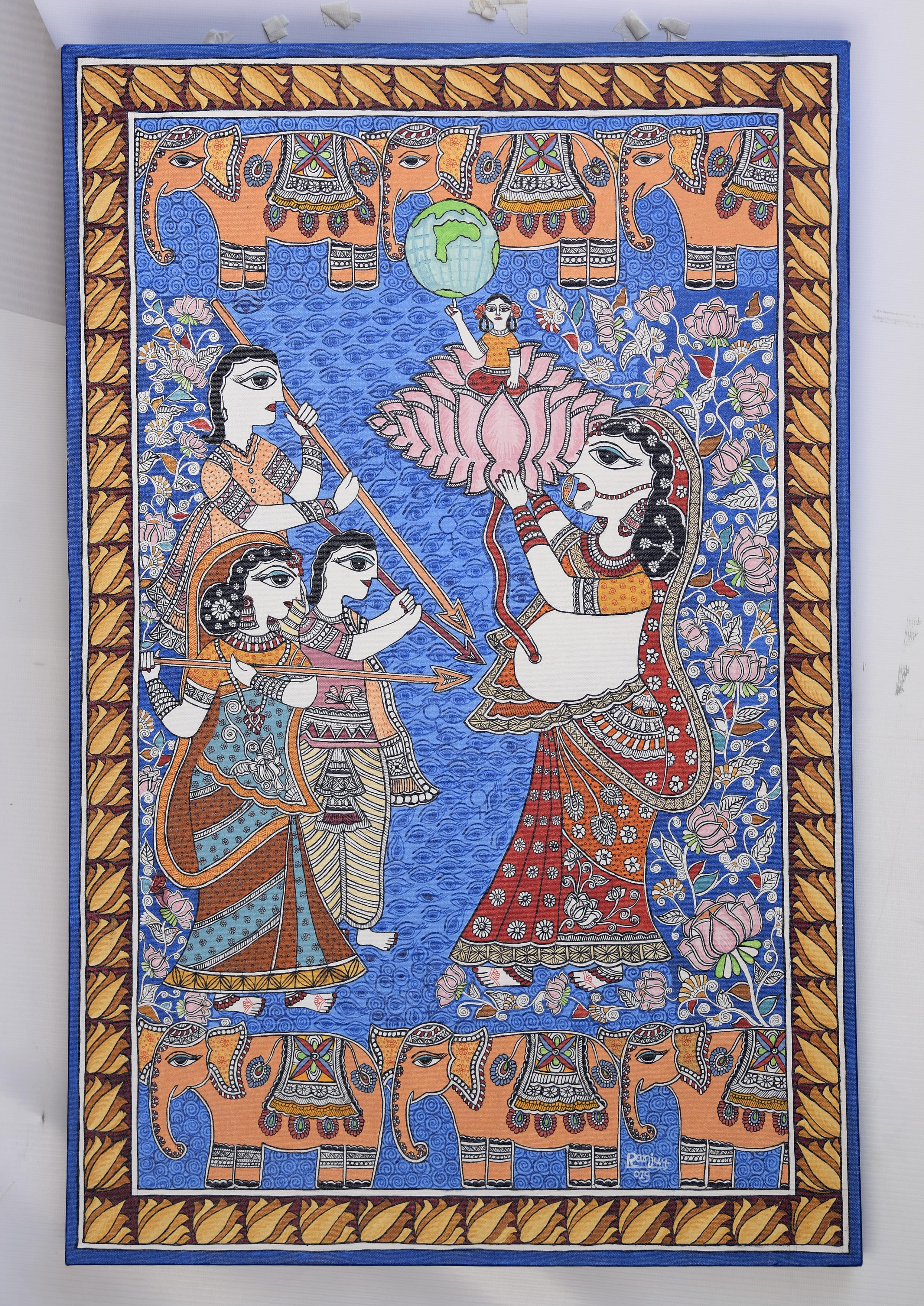
To date, the biggest challenge for Yadav has been balancing her home life and work, particularly due to the social expectations placed on women. In the art industry, attending events and networking is essential. However, when she visited Bangladesh in 2018 for an exhibition, many close to her criticised her for travelling alone and not taking her husband with her.
Consequently, she took a three-year hiatus to raise her second child, amid the Covid-19 pandemic, but felt anxious about falling behind in her career. When she shared her worries, they were completely dismissed as people thought she should be grateful about having children and getting to raise them, instead of worrying about her career.
Yadav, however, believes that women should have identities beyond being mothers or wives.
Similarly, when she faced financial struggles at the start of her career, many of her relatives urged her to quit, but she couldn’t bring herself to do so. “I felt like I wouldn’t be able to live if I left art,” she says. So she persisted.
Coming from a middle-class background in Madhesh, Yadav had a difficult time establishing herself in Kathmandu’s art scene, where Madheshi representation is scarce. She notes that the prevalent misconceptions and stereotypes surrounding Madhesi individuals are about dowry, violence and traditionalism.
To confront and change these unfair stereotypes, Yadav chose to pursue Mithila art to highlight and celebrate the rich culture of the region. “Every community has social issues. We should work on eliminating them together, not othering individuals for them,” she says.
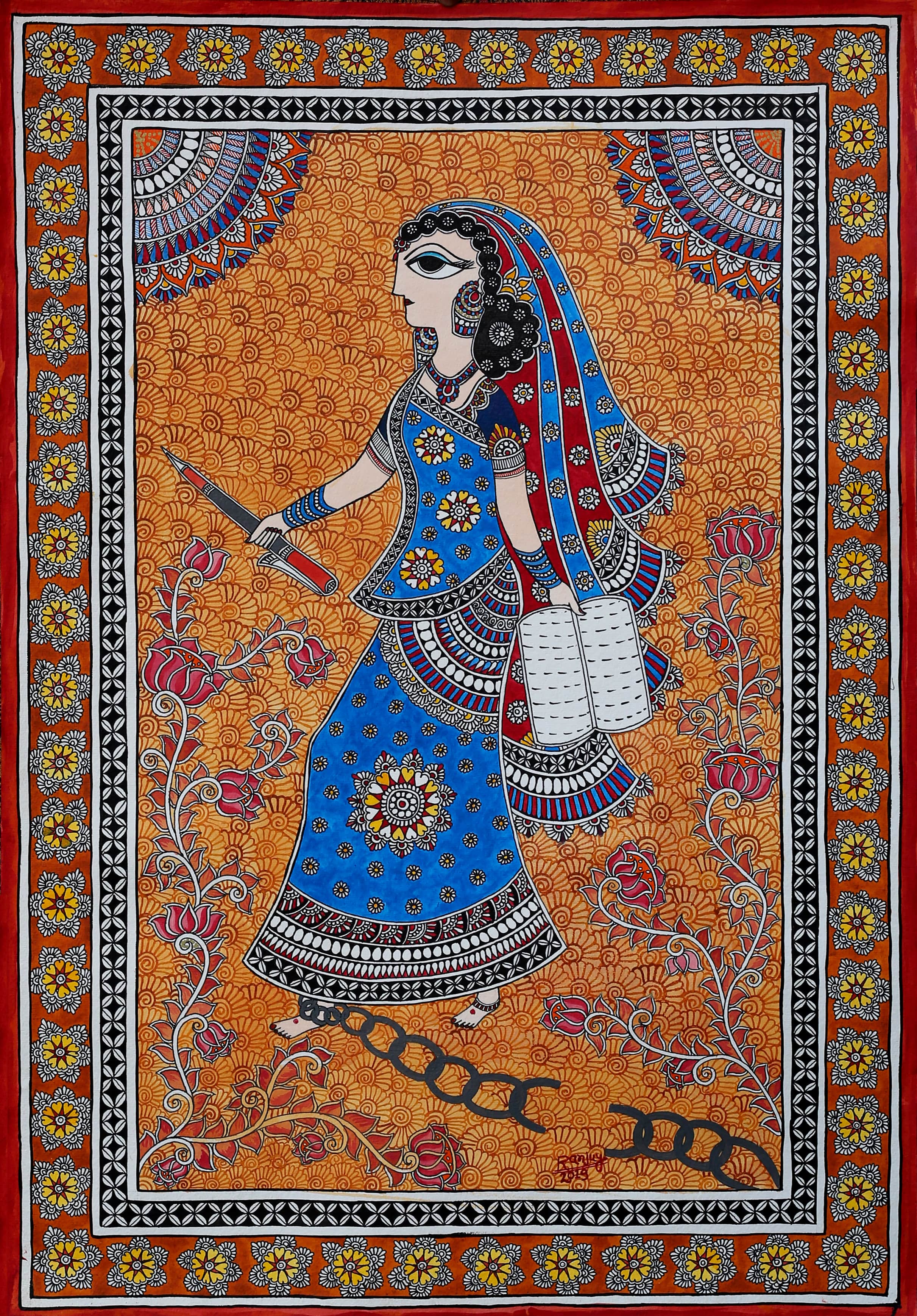
When Yadav returns to her village, she actively encourages marginalised communities like the Musahar to explore art and develop skills.
In Janakpur, she has facilitated formal training sessions for numerous girls and women through her organisation, Mithila Hastakala Udyog. In Tarai, where many aspire to secure government jobs, Yadav advocates for broadening horizons. She believes that the younger generation should focus on acquiring skills and exploring entrepreneurship, particularly in Mithila handicrafts and art.
The Madhesi community boasts a rich tradition of handicrafts utilising local materials and wool, alongside Mithila art. Yadav is convinced that with proper support from local government, the promotion of these crafts and cultural heritage could generate numerous job opportunities.
Looking ahead, Yadav envisions a global expansion of Mithila art. She aims to bring together artists from diverse backgrounds, with a particular emphasis on highlighting marginalised communities, widowed and single women, and mothers. “My goal is to create job opportunities for them through Mithila culture and art, transcending beyond mere paintings,” she says.
Yadav’s message to aspiring artists is clear: “Pursue the skills that interest you. If art is your passion, embrace it.”




 13.12°C Kathmandu
13.12°C Kathmandu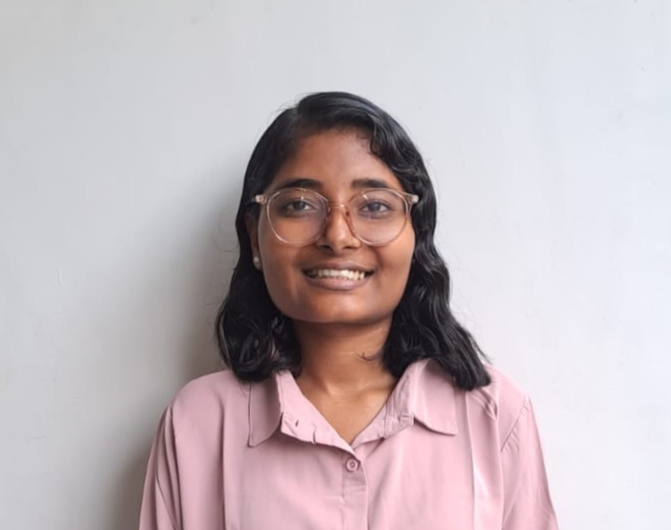
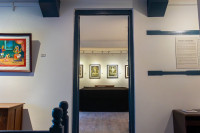
%20(1).jpg&w=200&height=120)
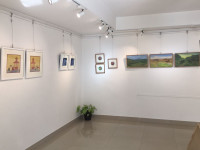
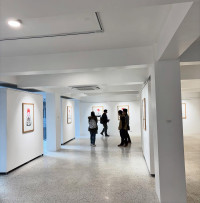
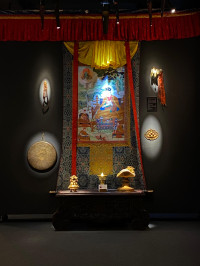
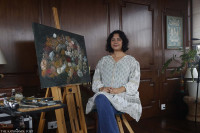


%20(1).jpg&w=300&height=200)

